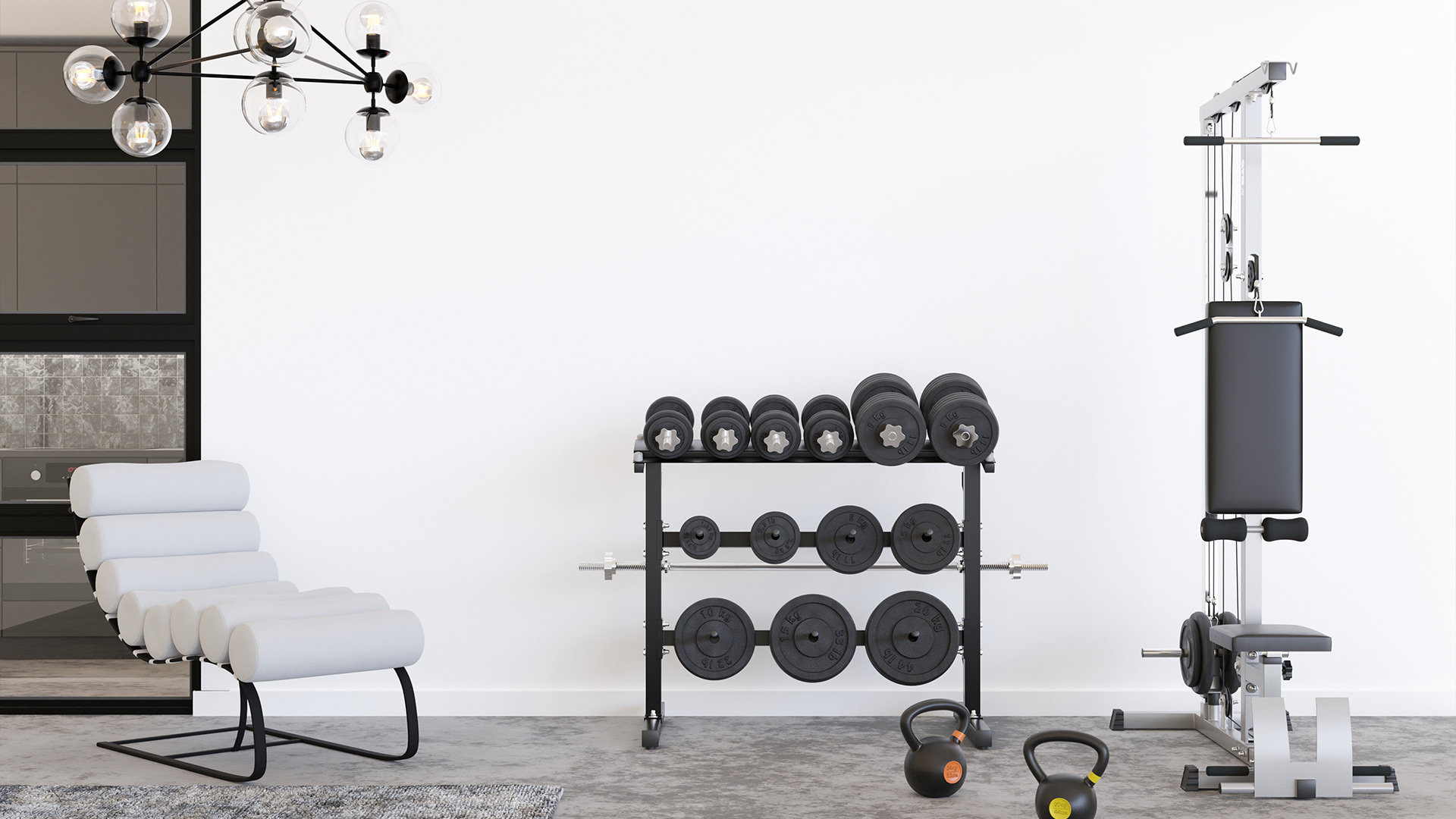7 Genius Ways to Build a Home Gym on a Shoestring Budget

Creating a home gym doesn’t have to break the bank. Whether you're trying to ditch your expensive gym membership or just looking for a convenient way to work out from home, it's completely possible to design a fully functional fitness space without spending thousands of dollars. Below are seven smart and cost-effective strategies to help you build a home gym on a tight budget.
1. Start With Bodyweight Exercises
The foundation of any low-cost fitness routine is bodyweight training. Exercises like push-ups, squats, lunges, planks, mountain climbers, and burpees require no equipment and can be incredibly effective for building strength and endurance.
YouTube and free fitness apps offer thousands of guided workouts that focus solely on bodyweight movements. Start with a basic mat and a small towel, and you'll have everything you need for a complete session at home.
2. Shop Secondhand or Use What You Already Have
Fitness equipment doesn't have to be brand-new. Check out local listings on Craigslist, Facebook Marketplace, OfferUp, and even garage sales. People frequently sell gently-used dumbbells, resistance bands, yoga mats, kettlebells, and even larger machines like treadmills or stationary bikes for a fraction of their original price.
Additionally, look around your home before buying anything. A sturdy chair, a backpack filled with books, or a step stool can substitute for gym benches, weights, or plyometric platforms.
3. Invest in Versatile, Low-Cost Equipment
If you’re going to spend money on equipment, aim for multipurpose tools that give you a variety of workout options. Here are some high-value items that are relatively inexpensive:
- Resistance bands: Great for strength training, stretching, and mobility work.
- Jump rope: Excellent for cardio and takes up minimal space.
- Adjustable dumbbells: Save space and money by replacing multiple pairs of fixed weights.
- Yoga mat: Provides cushioning for floor exercises, stretching, and bodyweight workouts.
- Foam roller: A budget-friendly tool for recovery and muscle maintenance.
These items can often be purchased online in sets or bundles for less than $100 total.
4. Use Free or Low-Cost Apps for Guidance
There’s no need to pay for a personal trainer when there are so many high-quality fitness apps available for free. Some apps include video demonstrations, customizable plans, and progress tracking features that can help you stay accountable and consistent.
Here are a few popular free or budget-friendly apps:
- Nike Training Club
- FitOn
- JEFIT
- 7 Minute Workout
- Daily Workouts Fitness Trainer
Some also include diet tracking and community forums for additional support.
5. Designate a Functional Space
You don’t need a full room to create an effective workout space. Even a corner of your bedroom, living room, or basement can become your fitness zone with the right setup.
Clear the space, store your equipment in a basket or bin, and use foldable or stowable tools to keep your home organized. A large mirror can make a small area feel bigger and help you check your form during exercises. If you’re in a shared space, using noise-cancelling headphones or a portable speaker can help create a focused atmosphere.
6. DIY Your Own Equipment
Get creative and make your own workout tools using common household items. This is especially helpful if you're on a very tight budget or want to add variety to your routine.
Examples include:
- Fill milk jugs with water or sand to create makeshift dumbbells.
- Use a towel as a slider for core exercises on hard floors.
- Stack old books or step onto stairs for step-ups or calf raises.
- Use a broomstick across two chairs as a bar for inverted rows.
- Turn an old backpack into a weighted vest by adding books or bottles.
These DIY hacks won’t replace professional gym equipment entirely, but they’ll add a level of challenge that’s more than enough for most home workouts.
7. Set Clear Goals and Build a Routine
A gym is only as good as the habit that uses it. The best way to ensure your low-cost gym delivers results is by building a solid routine and sticking to it. Set specific goals (e.g., 30 minutes of strength training three times a week), and plan your workouts in advance.
Creating a consistent schedule helps make fitness part of your daily life. You might also consider printing out a basic calendar or using a free habit tracker app to keep tabs on your progress. The more visually rewarding your system, the easier it will be to stay on course.
Bonus Tip: Reward Yourself With Savings
Every dollar saved on gym fees is a dollar you can reinvest in your health. If you're saving $50 or more per month by not going to a commercial gym, consider setting aside a portion of that money for future upgrades to your home gym. Over time, you can add a bench, a barbell, or even an affordable cardio machine when your budget allows.
Building a home gym on a shoestring budget is all about smart choices, creativity, and consistency. You don’t need expensive machines or designer workout clothes to get fit. All you need is a small space, a bit of time, and the determination to stick with it. With these seven tips, you’ll be well on your way to reaching your fitness goals without spending a fortune.
